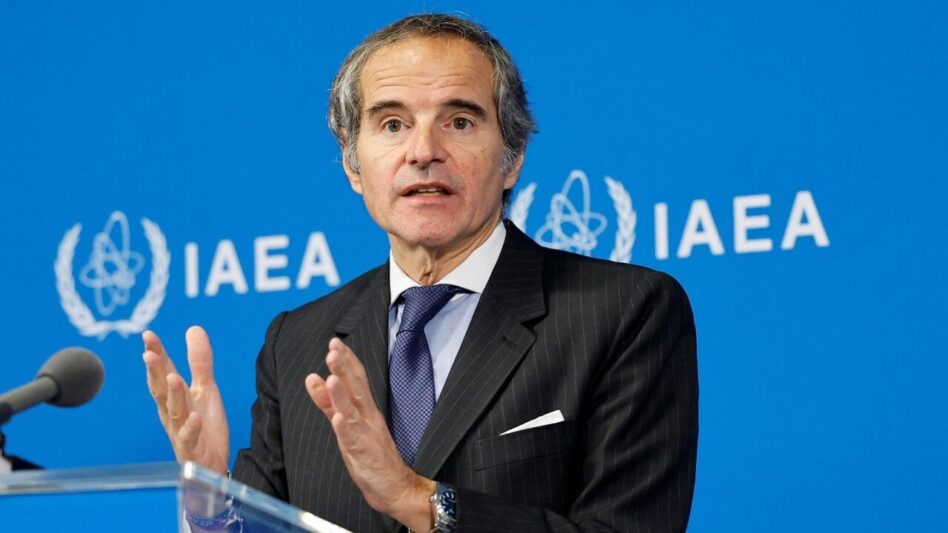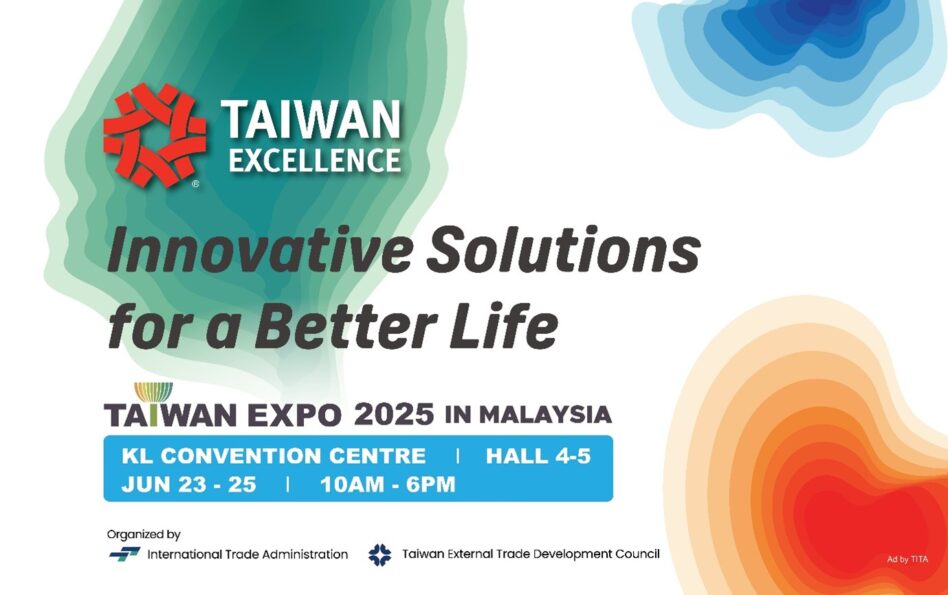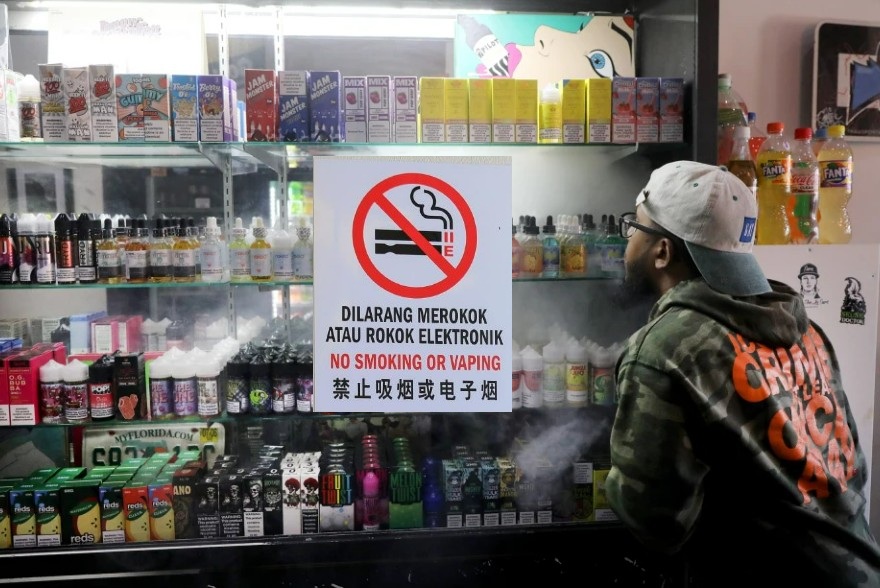EUROPE is likely to look to Asia to bridge any potential supply gap from Russian imports for its energy supply.
The result will be higher revenues for many national oil companies (NOCs) in South and Southeast Asia although this will be offset by higher costs at NOCs’ downstream operations, according to S&P Global Ratings.
“Given the integrated, diversified business models of many hydrocarbon companies in South and Southeast Asia, the impact on revenues and margins will vary,” opined the rating agency’s credit analyst Minh Hoang. “For example, some companies rely on fuel imports. Downstream refining activities and subsidised fuel distribution are also likely to suffer.”
Last week, S&P raised its Brent oil prices Brent oil prices assumption to average US$85/barrel in 2022, US$70/barrel in 2023 with its long-term oil price assumption for 2024 remaining unchanged at US$55/barrel.
According to the rating agency, rising demand for hydrocarbons will likely expand revenues and margins for NOCs including Malaysia’s Petroliam Nasional Bhd (PETRONAS), Thailand’s PTT Public Co Ltd and India’s Oil and Natural Gas Corp Ltd (ONGC).
Indonesia’s PT Pertamina (Persero), on the other hand, will face mounting earnings pressure because it won’t likely be able to fully pass through higher oil prices.
Demand for liquefied natural gas (LNG) will likely spike the most as a result of the sanctions on Russia. Given that the NOCs’ sales volumes are secured under long-term contracts, many of which have destination clauses, it’s unlikely that significant spare capacity can be immediately redirected, hence keeping prices elevated in the near-term.
Of the South and Southeast Asian NOCs rates by S&P, most derive 60%-70% of their EBITDA (earnings before interest, taxes, depreciation, and amortisation) from exploration and production of hydrocarbons.
PETRONAS has a sizable LNG portfolio as one of the world’s leading LNG players with more than 20% of its product revenues coming from LNG sales.
Limited direct exposure to Russia and Ukraine
PETRONAS holds a non-operating interest (15%) in Russian oil producer Gazprom Neft PJSC’s Badra oilfield project in Iraq which has production capacity of 5.4 million tonnes of oil and 1.6 billion cubic meters of gas per year.
The risk of even greater sanctions and more restrictions on Russian supply is likely to add even greater volatility to oil prices over the coming months.
In addition, the US and other major economies have agreed to release additional oil stockpiles to cool down rising spot crude prices which recently rose above US$100/barrel for the first time since 2014.
S&P expects both PETRONAS and ONGC to likely remain disciplined when it comes to investments beyond what is currently committed.
“This is because we believe both NOCs are sensitive to potentially negative intervention from the governments,” noted the rating agency. “PETRONAS will add to an already positive net cash position, opening the door for additional dividends to the Malaysian Government – a trend observed in each of the past three years.” – March 7, 2022









